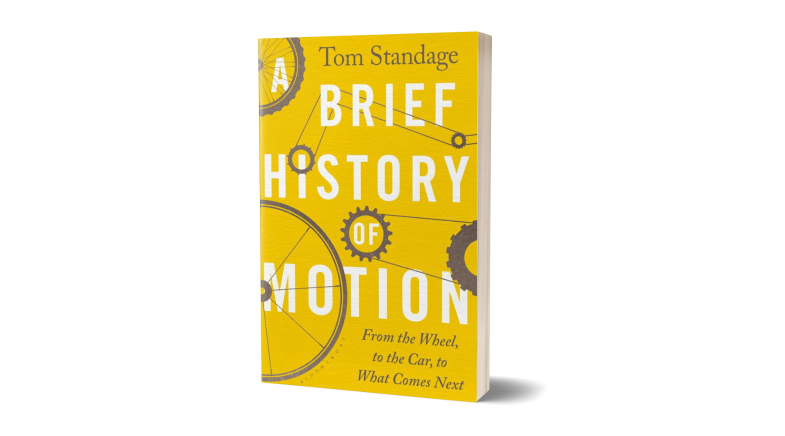Achieving power and efficiency
-
- from Shaastra :: vol 02 issue 06 :: Nov - Dec 2023

Scientists have overcome a critical limitation with heat engines, and have achieved power and efficiency.
A system made of a piston pushing a gas is a kind of heat engine, a device that converts heat into useful energy. In Ajay Sood's laboratory at the Indian Institute of Science (IISc), this system is represented by a tiny colloidal bead about one-hundredth the width of a human hair. It is held in place by a laser device known as optical tweezers, and the bead moves back and forth in a fluctuating electric field.

Using this micro engine, scientists at the institute have devised an experiment that breaks a barrier in thermodynamics: the play-off between efficiency and power.
In a thermodynamic process, the heat engine is taken through a cycle of steps, at the end of which it is returned to its initial state. In the process, some heat is converted into useful work, and some is dissipated as waste. The more efficient the engine, the less energy is wasted. For an engine to be highly efficient, according to theory, the process should consist of infinitesimally slow steps. This makes the power from the engine, which is energy transferred per second, very small.
This is the play-off between efficiency and power that limits the heat engine and makes it impossible to maximise both factors at once. The engine can be made highly efficient with low wastage, but this comes at the cost of power. Large amounts of power are needed, for instance, to start a stationary vehicle. Thus, both efficiency and power are needed equally.
Scientists have been studying tiny engines for two decades but were unable to demonstrate a process with high efficiency and high-power output — until now.
With this experiment, scientists have broken through a barrier in thermodynamics: the play-off between efficiency and power.
In the IISc experiment, the tiny bead is subjected to an electric field that is fluctuating but not randomly. The bead corresponds to gas in a regular heat engine and the electric field is like the piston which pushes the bead back and forth. This system is then taken through a series of changes, or thermodynamic processes in technical parlance.
The authors show in their paper published in Nature Communications (go.nature.com/40uY0DJ) that their process is high on both efficiency and power. "This is a clever piece of work. It utilises the timescales by the engine to transfer energy from the (surroundings) appropriately for making it more efficient," says Basudev Roy, Associate Professor in the Physics Department at the Indian Institute of Technology Madras, who was not involved in this work.

Sudeesh Krishnamurthy, currently a post-doc at the University of California, Berkeley, worked on this problem at Ajay Sood's lab in the Physics Department of IISc, as a PhD student.
"The most challenging part of this work was to generate the statistics for the experiment," he says. "Each data point was averaged over more than 100,000 cycles. Each successful run typically would last 30-35 hours. We needed to maintain the conditions constant... and use the same particle for the entire duration."

Rajesh Ganapathy, co-author of the paper and Professor at the Jawaharlal Nehru Centre for Advanced Scientific Research in Bengaluru, explains that if the electric field did not keep changing its value, the particle would just choose a new position and fluctuate due to the thermal noise. If the electric field is too strong, it will push the particle out of the laser's field of influence. If the electric field fluctuates too fast, it will not leave any memory of previous values, or correlations.
Choosing the timescale of fluctuation of the electric field has to be done such that the process leaves behind a memory or correlation. This is known as a non-Markovian process. Under this, the bead performs ballistic motion over a time interval. "It is this ballistic exploration that helps us overcome the power-efficiency trade-off," he adds.
"If one can draw a message from here and try to see how to make a practical interpretation of this micro engine, that is the next part of the story," says Sood in a press release. "We have opened doors that scientists almost gave up opening due to the thermodynamic constraints set... in previous studies."
Have a
story idea?
Tell us.
Do you have a recent research paper or an idea for a science/technology-themed article that you'd like to tell us about?
GET IN TOUCH














